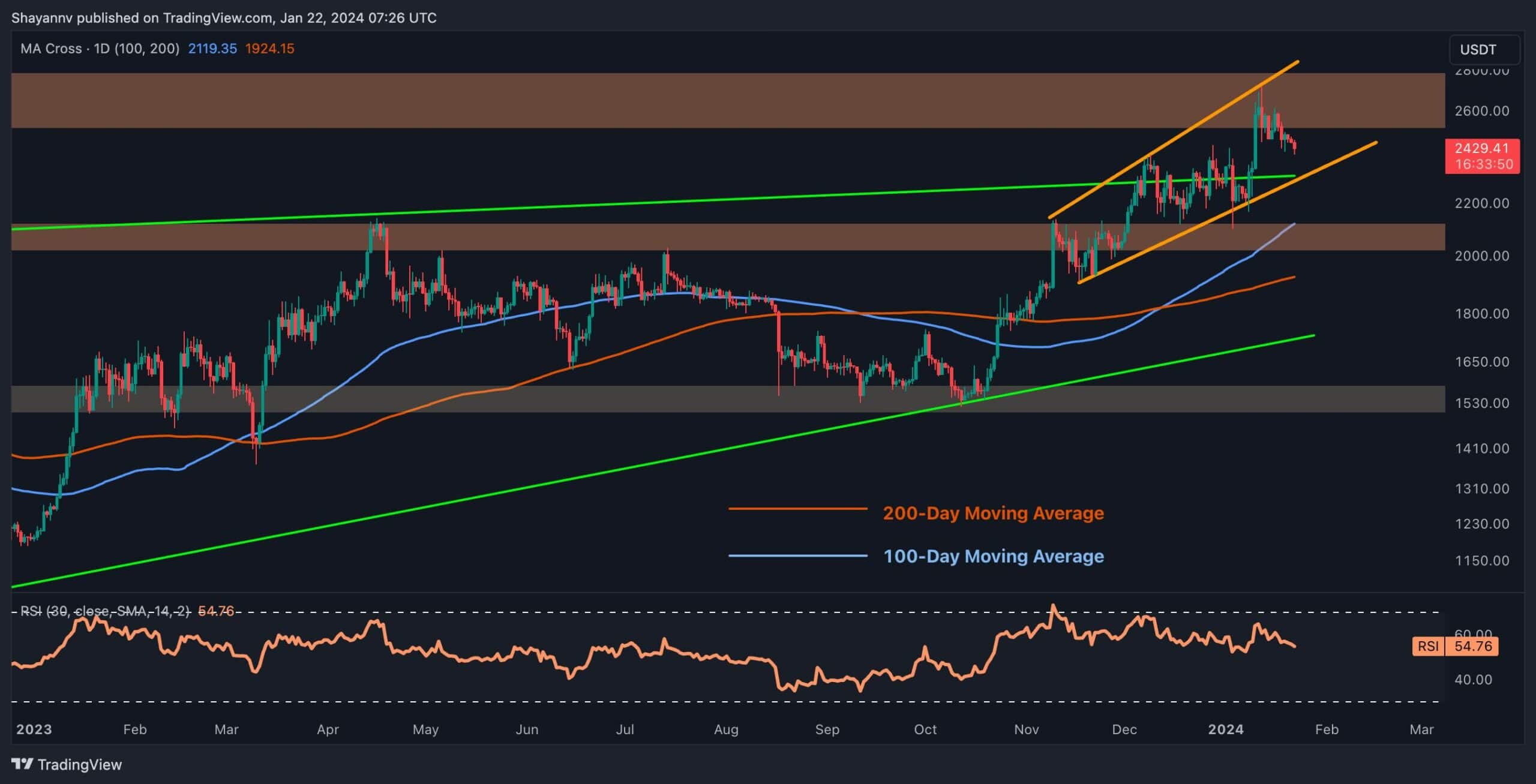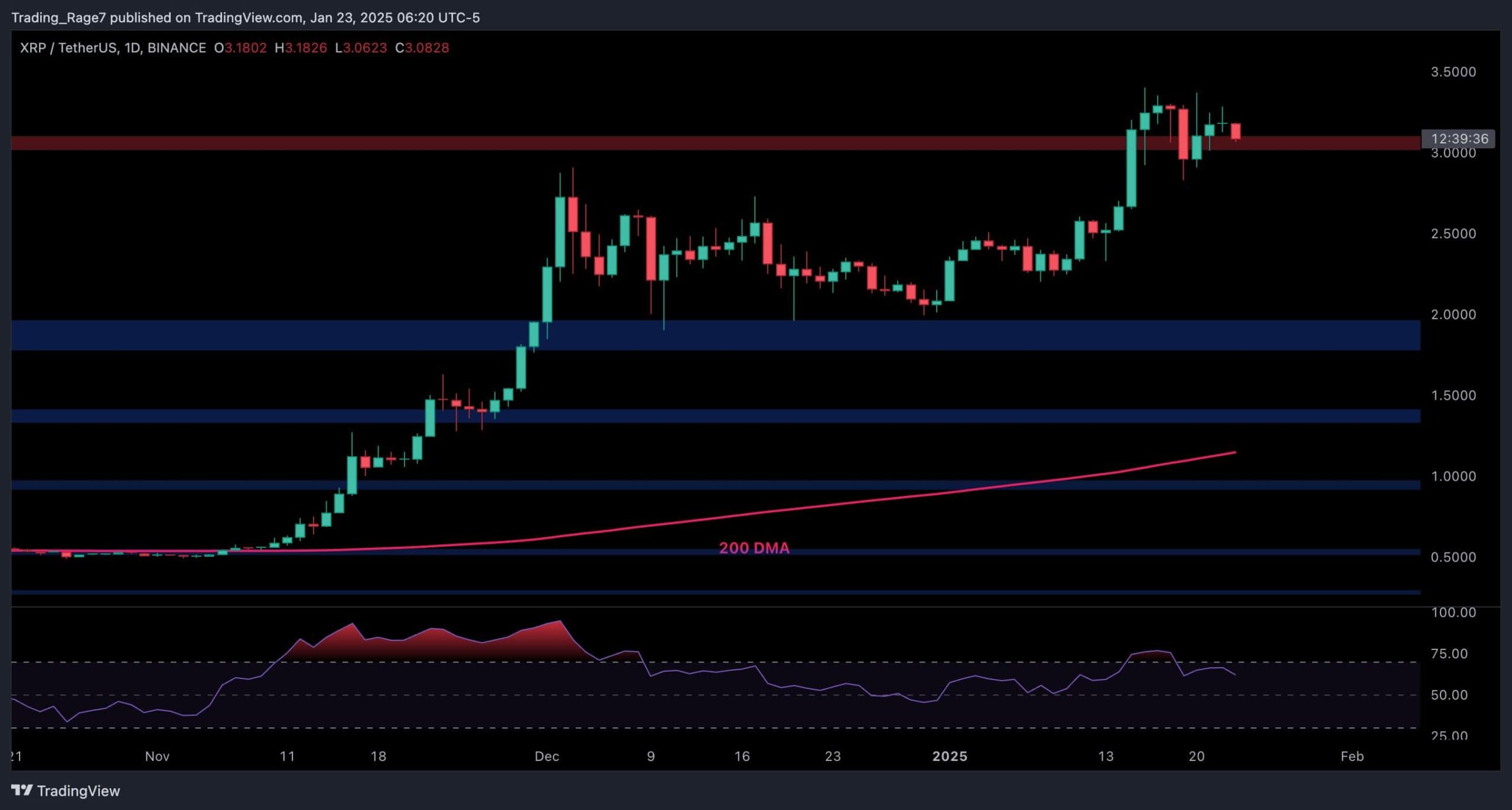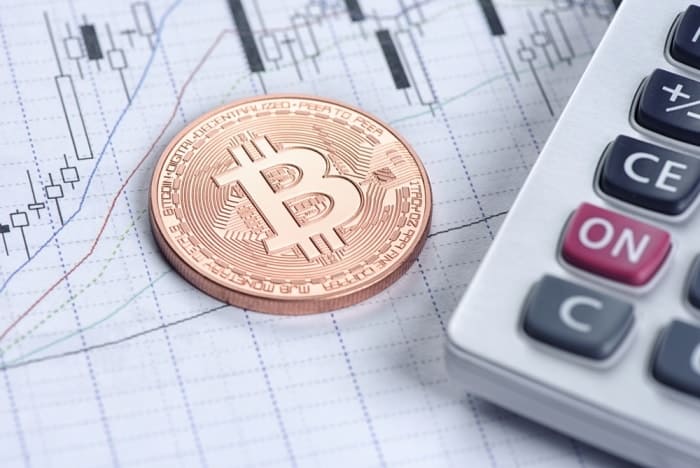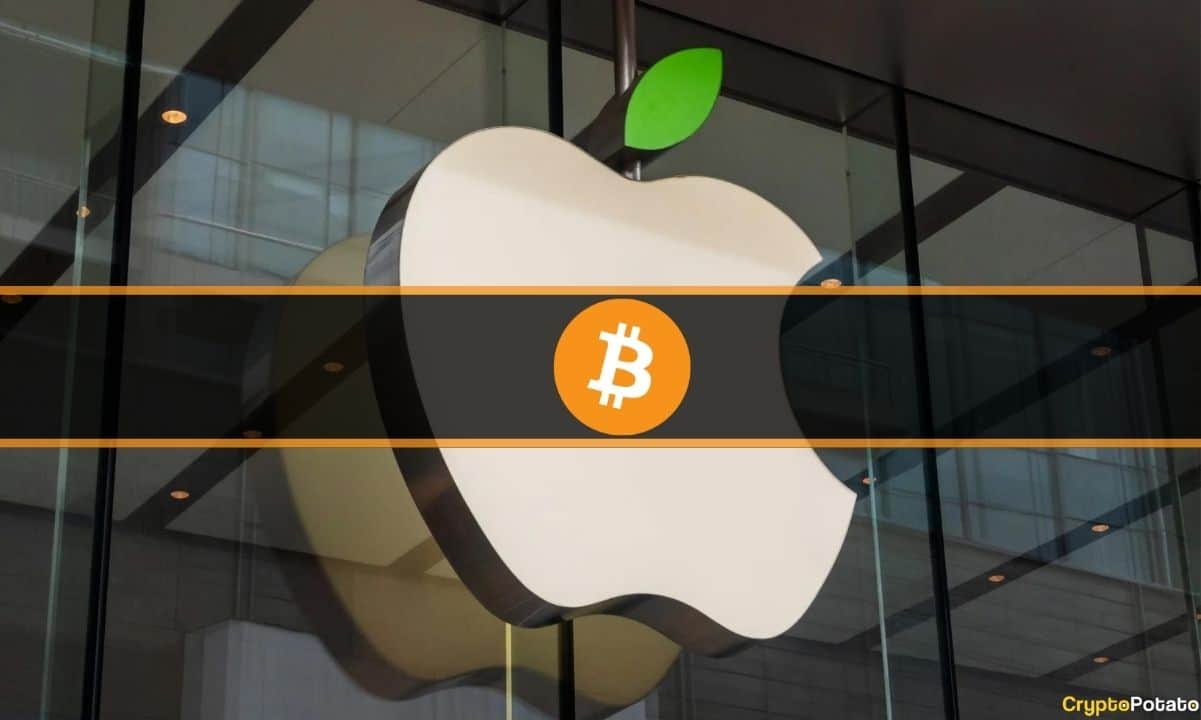12 Must-read tips for crypto margin trading
Margin trading, or leveraged trading, is considered very risky. Of course, when crypto is involved – this type of trading is even more risky. The following tips have been chosen and combined to a must-read list before starting your first margin trade. Good luck!
- Start small
In the beginning stages, it is more important to start with small amounts of money that you can afford to lose. This way you can gain confidence and experiment with different strategies and simply focus on learning how to trade, as opposed to trying to maximize your returns.
Practice with low levels of leverage to get used to how margin trading works. Once you get comfortable and have experienced some success, you can slowly start to add in more funds and repeat the strategies you’ve used that have proven to be successful.
- Understand interest rates and conditions
All loans carry a certain interest rate for what is borrowed or for fees. However, there is a difference in the rates between the crypto exchanges. Being educated about interest rate gives you a stronger chance of succeeding as an investor. Understanding a trading strategy without understanding interest calculations could even lead to losing money despite the profiting trade.
- Be careful of major news events and decisions
Always be extra cautious of upcoming events, which have the potential to affect the market, while holding a margin position. Bitcoin ETF decisions can lead to significant declines or increases in market prices. Investors may decide to buy extra Bitcoin on margin in anticipation of positive news, which can lead to a price increase before the news itself. Keep in mind the scenario of “buy the rumor sell the news”.
- Pay attention to squeeze
It is important to pay attention to the liquidation price of your position. The liquidation price is the price where your position will get liquidated due to a complete loss of your own position’s balance. Prepare for short and long squeezes and other price manipulations that could affect your position or even terminate it and get it liquidated. The primary goal of these acts is to close out others positions and take liquidity.
The chart below shows evidence of manipulation in Bitcoin price. The price (which is circled in yellow) jumped up to 1,200 to squeeze out the short position. Then went down to around $850 (the ETF decision was on January 4th, 2017). If you had a leverage margin short position at that range, you would have not only missed a profit but also incurred a loss.
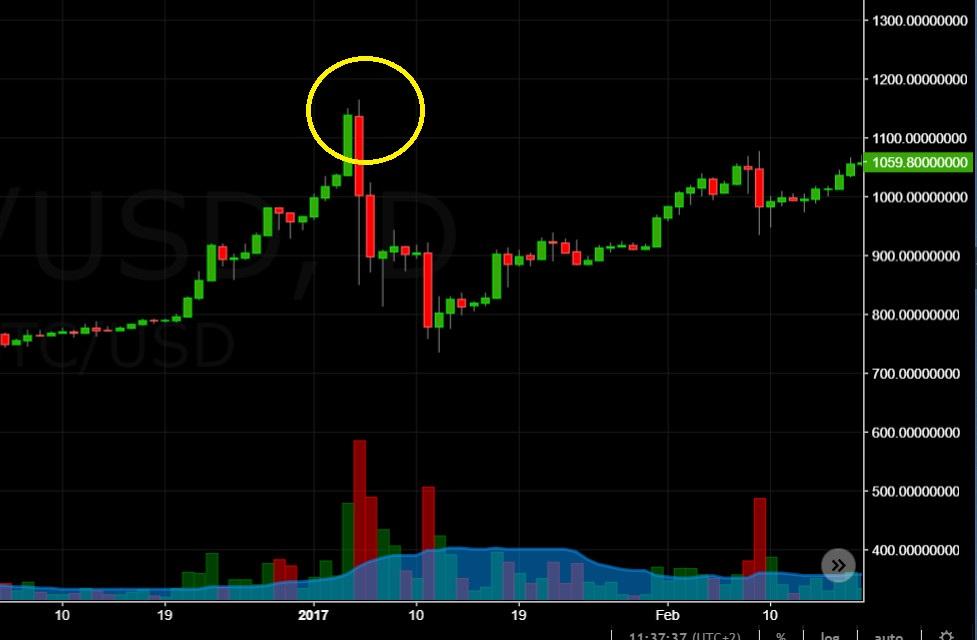
5. Always use a Stop Loss
Stop losses are the ultimate risk management tool in margin trading. They can help you prevent significant losses when trades go the wrong way. Place your stop losses with care; if it is too close to your purchase price, you may get stopped out before the market has a chance to go in your favor, and if it’s too far, you open yourself up to incurring heavier losses than the trade may be worth. Also, as mentioned above, be aware of squeezes that can take advantage of your stop loss.
- Spread out your buy orders over a period of time
Investors should buy into positions over a period of time as opposed to placing large orders all at once. This lowers your risk because you can make adjustments if the market turns against you. Buying over time and using smaller amounts increases your chances of having a controlled and profitable trade.
- Support and Resistance levels
Pay attention to technical support and resistance levels. During margin trading, minor price fluctuations will cause the price to reach short-term support and resistance levels. These levels exist over multiple time frames, so you must familiarize yourself with all of them. Aren’t familiar? Read our beginner’s technical analysis guide.

- Have extra funding waiting on the side
As an investor, you should never risk it all on a single trade. This can lead to significant losses that will derail or even end your trading career, or worse, put you in debt. Be sure to keep some spare cash on the side; This will allow you to hedge your bets and average down if trades go the wrong way and you believe in their direction.
- Do not deviate from your plan
The best investors like Warren Buffet make decisions based solely on company fundamentals. This is a strategy that he has stuck to for decades and never deviates from. Likewise, you should develop your own set strategy and be willing to stick to it if it has proven to work. For better understanding about margin trading, new investors should read this article.
- Always keep an eye on your positions
Margin trading is not like passive investing. You can’t afford to put in money and then simply ignore the market movements for days and weeks. In margin trading, a bad turn can lead to significant loss of funds. You need to be ready to react if things go wrong (of course – stick to your plan!). By closely monitoring your trades, you can cut losses faster and reduce risk.
- Don’t fall victim to wild speculation
Similar to point # 3; making trades based solely on speculation without proper research is no different from gambling at the Casino. Things may go your way once or twice, but in the long run, they will almost certainly lead to significant losses for your portfolio.
- Weigh the benefits of Hot vs. Cold storage
Margin trading allows you to keep less of your cryptocurrencies sitting on an exchange at one time. The best method for securing your funds is to keep them in cold storage, which is essentially an offline wallet. Only the amount that you need to trade should be available on the exchange. This significantly reduces your risk (if the exchange is hacked) and ensures that you have some extra funds available to hedge your trades in case the market goes against you. Keep in mind, in most exchanges, increasing the margin rate carries tighter liquidation prices and higher fees.
Last but not least – don’t lose 200 BTC in one month!
Trading too much, or trading a market that is too volatile can lead to painful results like losing 200 BTC in just 30 days.
Read all the tips? Feeling ready for the real thing? You can start from the exchanges here.
The post 12 Must-read tips for crypto margin trading appeared first on CryptoPotato.

